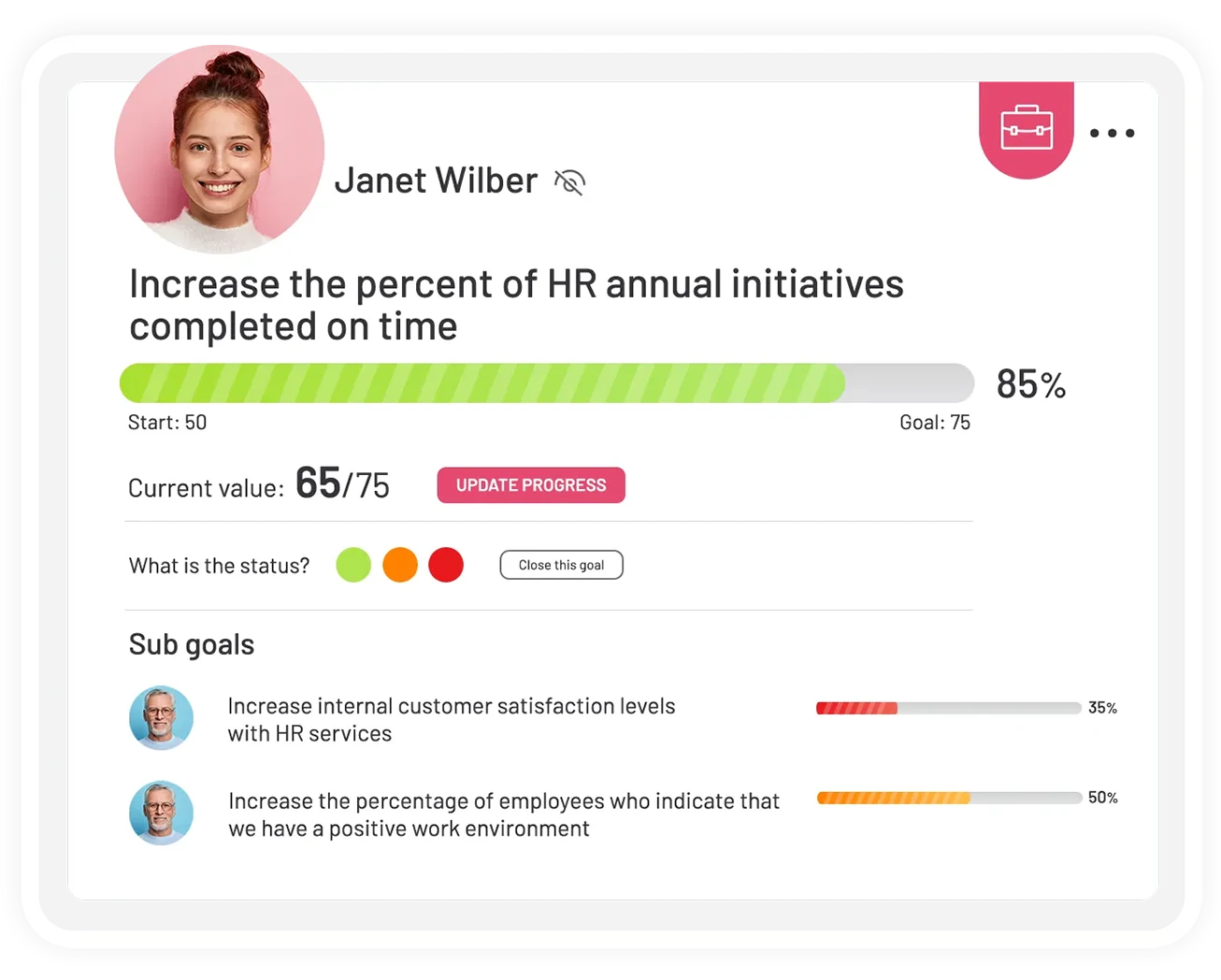Are you tired of setting goals that never seem to come to fruition? Do you struggle to align your team’s goals with the overall objectives of your organization? It might be time to try a new approach to employee goal setting.
Effective goal setting involves setting clear, specific, and measurable goals that are aligned with your company’s values and priorities. It helps your employees stay focused and motivated, and to track their progress along the way. But it can be tough to get started, especially if you don’t have a good system in place.
That’s where this collection of free goal setting templates comes in. We’ve gathered together 9 of the best templates to help you set and achieve your goals, no matter what they might be. Whether you’re looking to improve the efficiency of a small team within your organization, set long-term goals, or simply add a little bit of structure to your operations, there’s a template here that will suit your needs.
These templates are easy to use and customize, and they’ll help you to break down your goals into actionable steps, set deadlines, and stay on track. So if you’re ready to start turning your dreams into reality, keep reading to discover our top 9 free goal setting templates!
Digitize Your Goal-Setting
Before we go any further, we just want to let you know that while goal setting templates are effective, they are nowhere near as effective as goal setting software! The best goal setting software for Microsoft Teams users, Teamflect, is completely free with full functionality for up to 10 users. No time limits, no lite version. Completely free. Demo it out for as long as you want. See how you like it!



